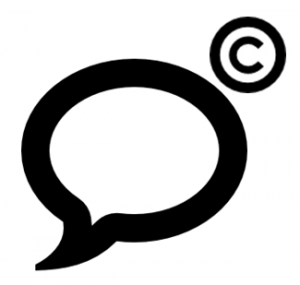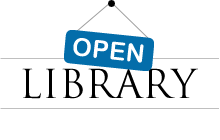This week sees the continuation of Wikipedia’s #1lib1ref (One Librarian, One Reference) campaign (highlights from the first week here!). The thematic thread of this week’s activities is fake news, an expression that has been at the tip of people’s tongues lately, along with “alternative facts”. This blog explores the library take on this.
The relationship between information and opinion has always been fluid and uncertain. This has been as much the case in politics as in science or any other area of life. There have also always been charlatans, liars and forgers, aiming to gain money, power or simply attention.
However, 2016 saw the issue of false news stories move centre stage, even if the concept of the lying politician, or the sensationalist journalist is nothing new. The speed at which stories travel online has meant that traditional means of debunking false stories – corrections, apologies, etc. – are unable to keep up.
In addition to stories stemming from lazy journalism or exaggerations aimed at gaining more clicks, tales of a Macedonian town acting as a fake news factory have captured the imagination. The apparent if unmeasurable link between such stories and the US election results has made the issue seem deadly serious.
What responses are there? One immediate reaction has been to try and ‘ban’ fake news. A number of countries have proposed legislation in this area, from Iran and China to Italy and Germany. How effective such moves would be in terms of stopping sources of fake news is uncertain. There is always a risk that the accusation of being ‘fake’ will be abused to limit free speech. Not all ‘fake’ news is ‘real’, and in any case, one person’s fake news is another person’s opinion.
Facebook has received much of the blame for its hands-off attitude pre-election, even as its algorithms tended to create ‘filter bubbles’ – online worlds where users only see what they tend to like, rather the range of opinions you might see on a news-stand.
The company has at least received credit for having now sought to act. Already in the week following the US election, both it and Google promised to restrict advertising on known fake news sites. They have since promised not to ‘boost’ such stories, as well as making it easier for users to identify hoaxes, make more use of fact-checking organisations to verify stories, and develop software to detect where articles may not be true. Whether any of this works is yet to be seen, but it appears to be offer a more constructive way forwards than bans.
And libraries?
Discussions about fake news has led to a new focus on media literacy more broadly, and the role of libraries and other education institutions in providing this.
Librarians have long been taught to help users find and understand the information they need, and are looking to adapt their approach to today’s world, as this excellent piece in The Conversation suggests. This may be a challenge – simply telling people to doubt what they are reading is not enough. And implementing new approaches on the ground will take time, given relatively low levels of awareness or as this study sets out.
But libraries and their users can also have a positive role in developing the tools that help people check up on what they are reading. Wikipedia provides just such a tool. On 21 January, they tweeted a video which highlights their principle of verifiability in all articles on the online, crowdsourced encyclopaedia. One Wikipedia contributor explains that “[w]orking with Wikipedia is not only about writing articles but to understand the whole system of knowledge production.”
Just as academic publishing working assures quality through peer review, Wikipedia’s millions of users review and check its articles. In the flood of facts we’re faced with every day, this crowdsourced fact-checking is a game-changer in the verifiability business, delivering community trust in an age of suspicion. With their expert knowledge of where to find reliable information, librarians and their users can help ensure facts become facts – without a prefix.
Last week, IFLA and The Wikipedia Library published two opportunities papers which showcase the many successful collaborations between libraries and Wikipedia. For many years, they have added value and content to Wikipedia, either on their own or through initiatives such as #1lib1ref, Edit-a-thons, or Wikipedians in Residence. These papers encourage librarians world-wide to engage more with Wikipedia, guided by the examples outlined. Get involved!
IFLA has made this infographic with eight simple steps (based on FactCheck.org’s 2016 article How to Spot Fake News) to discover the verifiability of a given news-piece in front of you. Download, print, translate, and share – at home, at your library, in your local community, and in social media networks. The more we crowdsource or wisdom, the wiser the world becomes. You can also check out FactCheck.org’s video based on the article.

If you want to make a translation, contact [email protected] or Evgeni Hristov at IFLA Headquarters for an editable version of the infographic. The infographic is published under CC BY 4.0.
 Copyright is regularly held up in public debates as both a barrier to, and a pre-condition of free speech.
Copyright is regularly held up in public debates as both a barrier to, and a pre-condition of free speech.